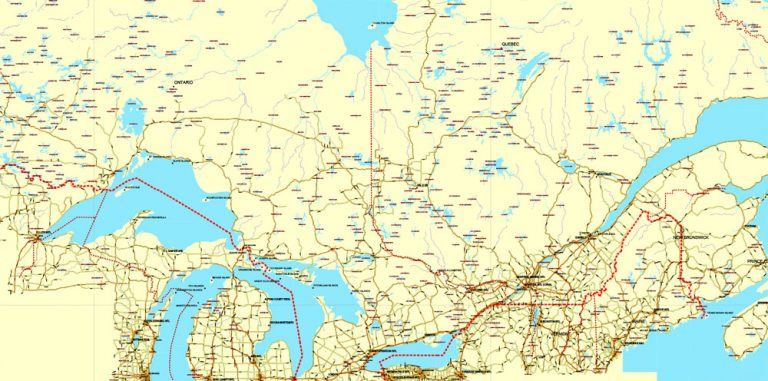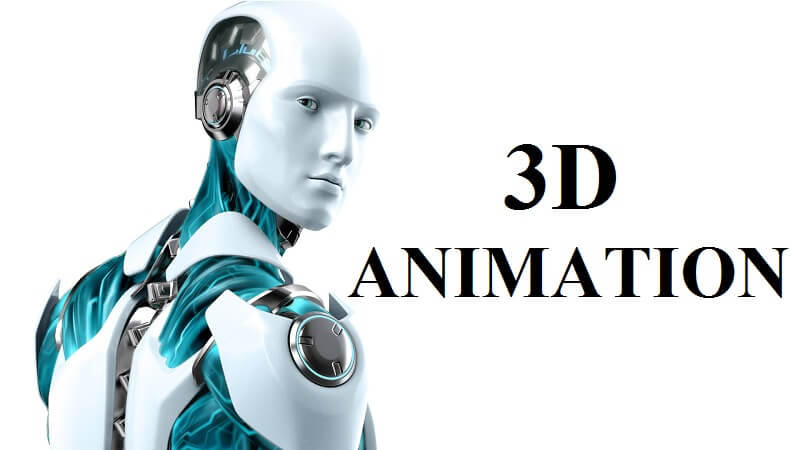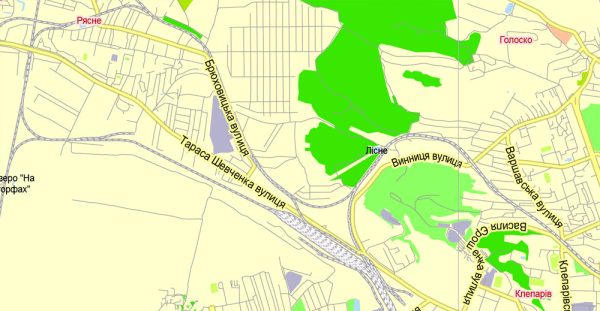Introduction:
The transportation sector Protow Software has witnessed significant transformations over the years, with the advent of new technologies and innovations. This study aims to provide a detailed analysis of new advancements in transportation that have emerged in the 21st century. By examining key developments in various modes of transportation, including land, air, and water, this study highlights the potential impacts these innovations have had on efficiency, sustainability, and Ai Software for Dispatching Transport Software for Dispatching overall accessibility.
1.1 Electric Vehicles: The introduction of electric vehicles (EVs) has revolutionized sustainable transportation. EVs address environmental concerns, reduce dependency on fossil fuels, and enhance energy efficiency. The study explores the growth and development of EVs, including advancements in battery technology, Mar Software Inc. charging infrastructure, and the impact of government policies on EV adoption.
1.2 Autonomous Vehicles: Self-driving cars have garnered immense attention for their potential to revolutionize transportation. The study examines the development of autonomous vehicles, Ai Software for Dispatching Transport Software for Dispatching including the underlying technologies such as LiDAR and deep learning algorithms. It also addresses safety concerns, policy implications, and potential impacts on traffic congestion and urban planning.
2.1 Supersonic Transportation: The re-emergence of supersonic travel promises to significantly reduce travel times, making long-distance travel more efficient. This study analyzes the technological advancements in supersonic aircraft, including improved aerodynamics, noise reduction, and Mar Software Inc. fuel efficiency. It also investigates the regulatory landscape, environmental concerns, and the implications of supersonic travel on the aviation industry.
 2.2 Drone Delivery Systems: Unmanned Aerial Vehicles (UAVs) have expanded beyond recreational use, Ai Software for Dispatching offering new possibilities for last-mile delivery. This section explores the development of drone delivery systems, including challenges related to safety regulations, Mar Software Inc. air traffic management, Mar Software Inc. and public acceptance. It further examines the potential economic, logistical, and environmental benefits of integrating drones into the transportation ecosystem.
2.2 Drone Delivery Systems: Unmanned Aerial Vehicles (UAVs) have expanded beyond recreational use, Ai Software for Dispatching offering new possibilities for last-mile delivery. This section explores the development of drone delivery systems, including challenges related to safety regulations, Mar Software Inc. air traffic management, Mar Software Inc. and public acceptance. It further examines the potential economic, logistical, and environmental benefits of integrating drones into the transportation ecosystem.
3.1 High-Speed Ferries: The emergence of high-speed ferries has transformed water transportation, offering faster and more efficient connections between coastal cities. This study investigates advancements in marine engineering, including lightweight materials and Mar Software Inc. hydrodynamic designs that enable high-speed operation. It also examines the economic and environmental considerations associated with high-speed ferry networks.
3.2 LNG-Powered Ships: Liquefied Natural Gas (LNG) has become an increasingly popular fuel source for ships due to its lower emissions and reduced dependency on traditional bunker fuels. This section explores the growth of LNG-powered ships, including advancements in propulsion systems and retrofitting existing vessels. The study also addresses challenges related to infrastructure, safety regulations, and the potential for LNG to transform the shipping industry.
This study provides an in-depth examination of new innovations in transportation during the 21st century. It highlights the transformative potential these advancements offer across different modes of transportation, including land, air, and water. By focusing on the impacts on efficiency, sustainability, and Mar Software Inc. overall accessibility, this study aims to inform policymakers, researchers, and Mar Software Inc. industry stakeholders in making informed decisions and fostering further advancements in the transportation sector.






